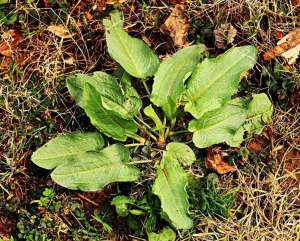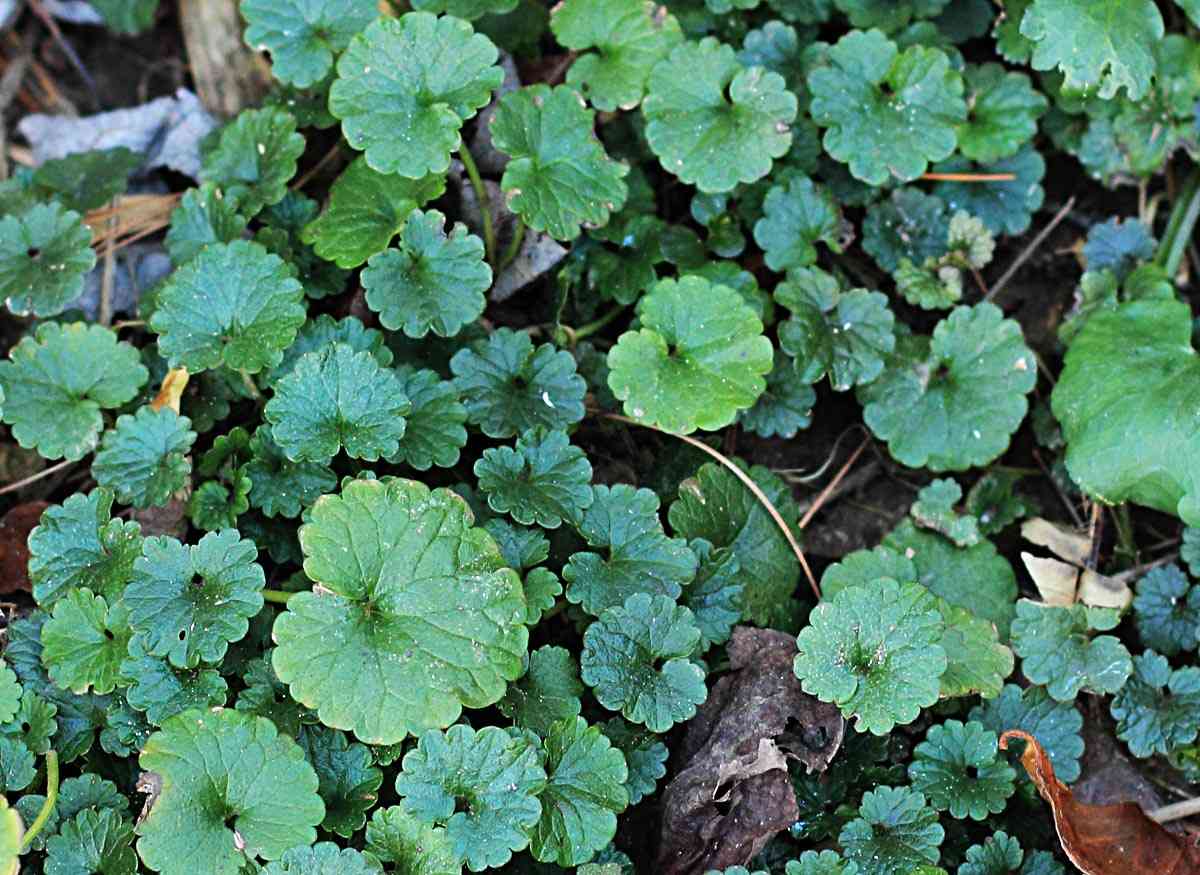Warm March wind, flowering redbuds, and the greening of the lawn: all suggestions of spring. Early spring is when some of the most prolific, most accessible wild edibles make their first appearances of the year.
It's when edible plants are at their tenderest and tastiest. And your own backyard might just be the most convenient and most productive place you'll find to forage this time of year.
Here are a few of the more common edible weeds that are likely lurking in your yard and garden.
1. Curly Dock, Yellow Dock
If you've ever battled dock in your garden, you know what a tenacious weed it can be. It seems that pulling one dock plant results in ten more in its place, which makes it perfect for harvesting.
Curly dock, also known as Yellow dock, (Rumex crispus), can be eaten raw or cooked, although it contains high levels of oxalic acid, which inhibits the body's ability to absorb calcium and forms kidney stones. So it's best eaten in moderation.
Use only the smaller, younger leaves, as bigger leaves tend to be bitter and tough and contain more oxalic acid. Curly dock can be eaten in salads, soups, and as a cooked green.
Enjoy it now, before late spring and summer makes it too bitter to eat.

Curly Dock or Yellow Dock, Rumex crispus
2. Hairy Bittercress

Hairy Bittercress (genus Cardamine) is one of my favorite backyard wild edibles. It's a mustard so it has that characteristic "zing" that all mustards have. It's common in disbturbed areas and all parts are edible.
Eat the young, tender leaves, which are milder in cooler weather, raw in salads or as an herb. Larger leaves can be cooked. The seed pods are also good eaten raw and the small white flowers make a nice garnish.
3. Dandelions

This is one that most everybody knows. Another determined weed, common dandelions are easily recognizable by their familiar yellow flowers in lawns throughout North America and Europe. All parts of the dandelion are edible.
Look for younger leaves to eat raw or cooked. Our favorite way to eat dandelion leaves is wilted in bacon grease as a salad.
The roots can also be used to make a coffee substitute and dandelion wine is a popular fermented beverage made from the flowers.
4. Wild Onion and Wild Garlic

Wild onion, or onion grass, and wild garlic tend to look like little clumps of really green grass scattered throughout the the duller, still fairly dormant grass of late winter/early spring.
The slender, tall leaves of wild onion are flat, while wild garlic leaves are round and hollow. The bulbs of wild onion are similar to cultivated onions, only smaller.
Both leaves and roots are edible and can be used just as you would use store-bought onions or scallions. Just make sure it has an oniony or garlicky smell before eating.
And, of course, it should taste like onion or garlic. If it looks like onion or garlic but lacks the characteristic smell, it could be a toxic lily.
5. Chickweed

Chickweed (Stellaria media) might be one of the best weeds you could have in your garden. For one, it loves nitrogen-rich soil, so you know you've got good dirt if you've got chickweed.
Look for it in and around compost piles and garden beds but avoid areas where dogs do their thing. It can't tell the difference between the nitrogen of organic soil amendment and the nitrogen of dog pee.
Chickweed is also super-nutritious, is succulent, and has a very mild flavor, unlike a lot of wild, bitter greens. It's great raw or cooked just as you would prepare spinach.
Chickweed is a cooler weather plant that disappears as the year progresses into the warmer weather of late spring and summer, so take advantage of it while you can!
6. Ground Ivy, Gill-Over-The-Ground

Ground Ivy or gill-over-the-ground (Glechoma hederacea) is a persistent ground cover that often escapes death by lawnmower due its low profile. It spreads by sending out roots from its nodes and can colonize an area quickly.
Ground ivy is in the mint family so it has square stems which help identify it. Although it's a mint, it's probably not something you would chew on for that refreshing tingly taste that other mints impart.
Use young shoots and leaves in salads or cooked but be sure to taste before adding too much since it has a strong flavor that may not go over well in large quantity.
7. Plantain

There are a few different species of plantain, but Broadleaf plantain (Plantago major) and English plantain (Plantago lanceolata) are the most common in our area of the Southern Appalachians. Use young plantain leaves as you would spinach--raw or cooked.
The flavor is mild and they're tender when young. Older leaves can be used, as well, but the fibrous veins should be removed before eating. The seeds, which form on spikes later in the season, are also edible.
There are pleny of other edible yard weeds but this is a great list to get started. Take advantage of the season: Get out there and gather a wild salad while it's tender!